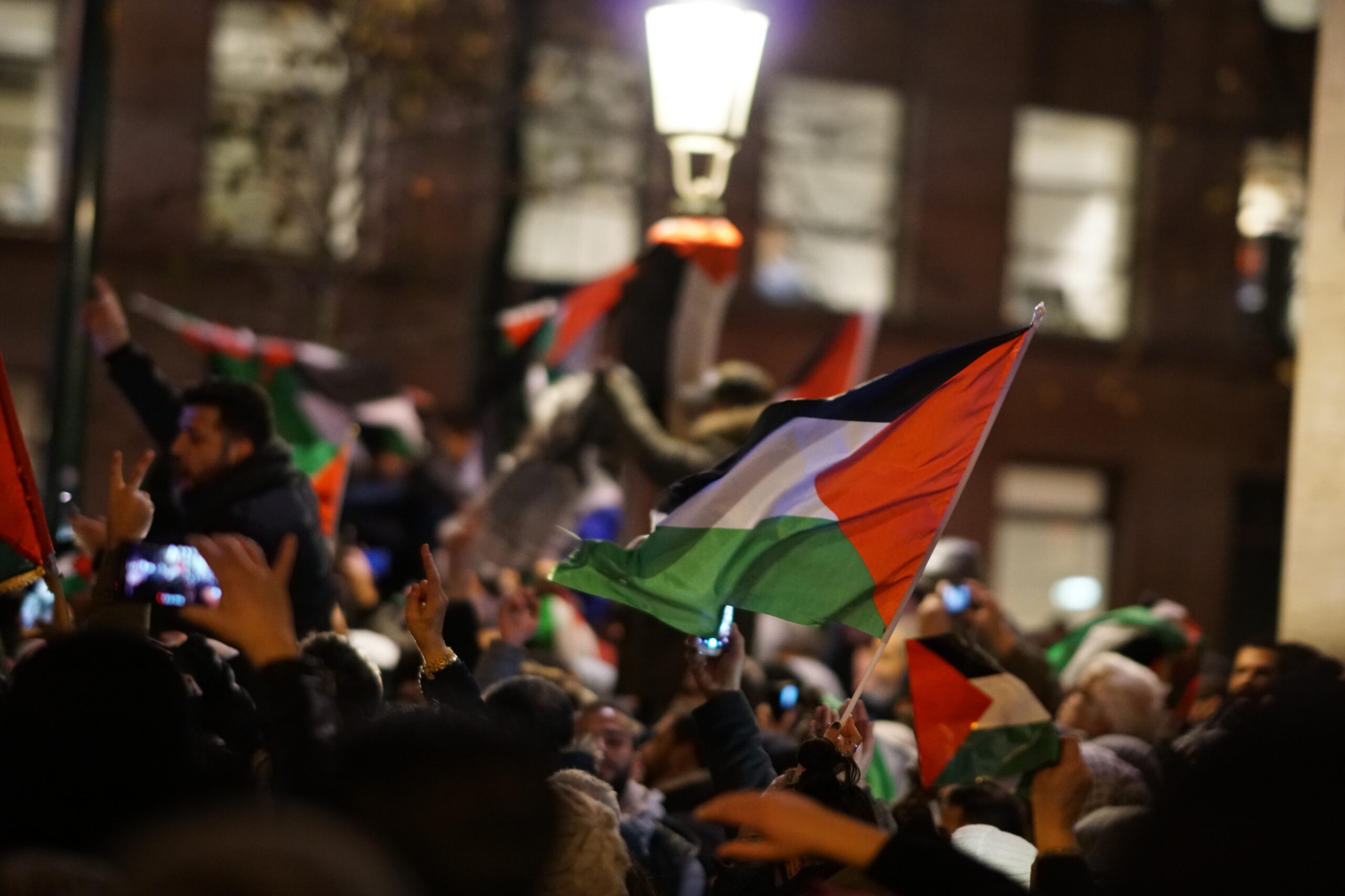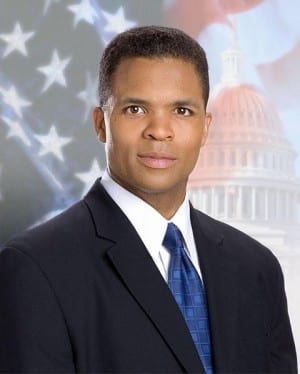
Student protests on campuses across the United States have surged in the past week or so focusing their efforts on ending the war in Gaza and urging divestment from companies with ties to Israel, reflecting a broader wave of campus activism dedicated to social justice causes. The spread of these protests to the Middle East and Europe have been inspired by sit-ins and actions in the U.S., marking a significant global movement against conflict and corporate complicity.
The catalyst for the recent surge in campus protest activity has been highlighted by events at Columbia University, where a crackdown on a pro-Palestinian student encampment led to over hundreds of arrests. This escalation has placed immense pressure on university leaders nationwide to balance free speech, academic freedom, and student safety, setting a precedent for how institutions respond to student voices rallying for change.
Catalyst for Protests: The Gaza Conflict
Overview
The surge in campus protests across the U.S. has been significantly influenced by the ongoing conflict in Gaza. Students from over 200 universities have come together, demanding immediate action towards ceasing the violence and addressing what they describe as genocide in Gaza.
Key Demands of the Protestors
- Immediate Ceasefire: Students are advocating for an immediate halt to the hostilities in Gaza, emphasizing the urgent need to stop the violence.
- Divestment from Companies: A major demand involves urging universities to withdraw investments from companies that are seen as supporting the Israeli war effort or benefiting from it.
- Support for Palestinian Rights: Protestors are calling for their institutions to take a stand against policies perceived as oppressive towards Palestinians.
Nature and Scope of Demonstrations
- Peaceful Yet Disruptive: The protests have remained non-violent but have significantly disrupted campus activities through sit-ins and occupations of central locations.
- Diverse Participation: The movement has seen a wide demographic of students participating, including a notable number of Arab American students and members from Jewish Voice for Peace.
- Nationwide Spread: Initially concentrated at institutions like Columbia University, the movement has spread across states, including Massachusetts and New York, reflecting a nationwide call for action.
Response to Gaza Conflict
The intense reaction from the student bodies comes in the wake of escalating violence in Gaza, leading to substantial casualties and displacement. The students’ actions are driven by a profound concern over the humanitarian crisis and the involvement of their universities in financially supporting entities linked to the conflict. This has led to a robust demand for a re-evaluation of university investment policies and a stronger stance on human rights issues.
Response from Institutions and Law Enforcement
University Responses
- Immediate Administrative Actions: Several universities, including Columbia and City College of New York, have responded to the escalating protests by requesting police intervention, particularly after property was vandalized and blockaded.
- Academic Adjustments: Institutions like City College of New York have moved to remote learning setups to manage safety concerns and disruptions caused by the ongoing protests.
- Security Enhancements: Universities such as the University of California, Los Angeles have increased security measures around protest sites to maintain order and protect students.
- Negotiations and Dialogues: Some, like the University of Southern California, have engaged in continued talks with protest organizers to find a peaceful resolution.
Law Enforcement Actions
- Arrests and Legal Measures: Over 1,300 arrests have been made nationwide, with significant police actions at Columbia University where dozens of protesters have been detained.
- Use of Dispersal Orders: Police issued dispersal orders at multiple institutions, including the University of Southern California, warning protesters of arrests for non-compliance.
- Physical Barriers: Barricades erected at places like NYU to control the protest environment and prevent further escalation.
Political and Public Reaction
- Legislative Responses: Politicians, including U.S. House Speaker Mike Johnson, have proposed bills to define antisemitism more clearly in educational contexts, aiming to address tensions on campuses.
- Public Statements: Leaders like Senate Majority Leader Chuck Schumer and Education Secretary Miguel Cardona has publicly condemned the violent aspects of the protests and discussed potential investigations into civil rights violations.
Impact of Arrests and Administrative Actions
Arrests
- Nationwide Arrests: hundreds of individuals have been arrested in connection with campus protests across the U.S., highlighting the scale of law enforcement involvement.
- Concentration of Arrests: Significant numbers have been detained at major universities, including Columbia University, where the administration’s response to pro-Palestinian encampments led to a sharp increase in police action.
Administrative Actions
- Suspensions and Academic Probation: Students at universities like Columbia, George Washington, Princeton, and others have faced suspensions or academic probation. Those who remained in protests past deadlines have been barred from campus activities and classes.
- Policy Enforcement: Universities are enforcing strict compliance with campus policies, with some students required to sign commitment forms to avoid further disciplinary action.
Impact on Student Activism
- Continued Activism: Despite the threat of arrests and administrative actions, many students have remained committed to their causes, believing in the righteousness of their advocacy for Palestinian rights and broader social justice issues.
- Spread of Movements: The initial protests have inspired similar actions across various U.S. campuses, demonstrating the contagious nature of student-led activism in addressing global and local injustices.
Conclusion
As the fervor of student-led protests on U.S. campuses gains momentum, the collective outcry for an immediate ceasefire in Gaza, divestment from companies linked to the Israeli war effort, and a pronounced support for Palestinian rights echoes a growing movement committed to social justice and human rights. The actions taken by students across the nation, from peaceful demonstrations to sit-ins, have not only disrupted the status quo but have also compelled university administrations and law enforcement to respond in ways that balance safety, free speech, and the acknowledgement of student concerns. This dynamic interplay between student activism and institutional response underscores the significant impact of collective voice in advocating for change and challenging complicity in conflict.
The broader implications of these protests extend beyond the immediate calls for action on specific policies related to the Gaza conflict, signaling a potent shift in how global social justice issues are engaged on campuses. Despite facing arrests, suspensions, and the establishment of stricter campus policies, the resolve of student activists remains unwavering, highlighting the enduring power of informed and passionate advocacy.














